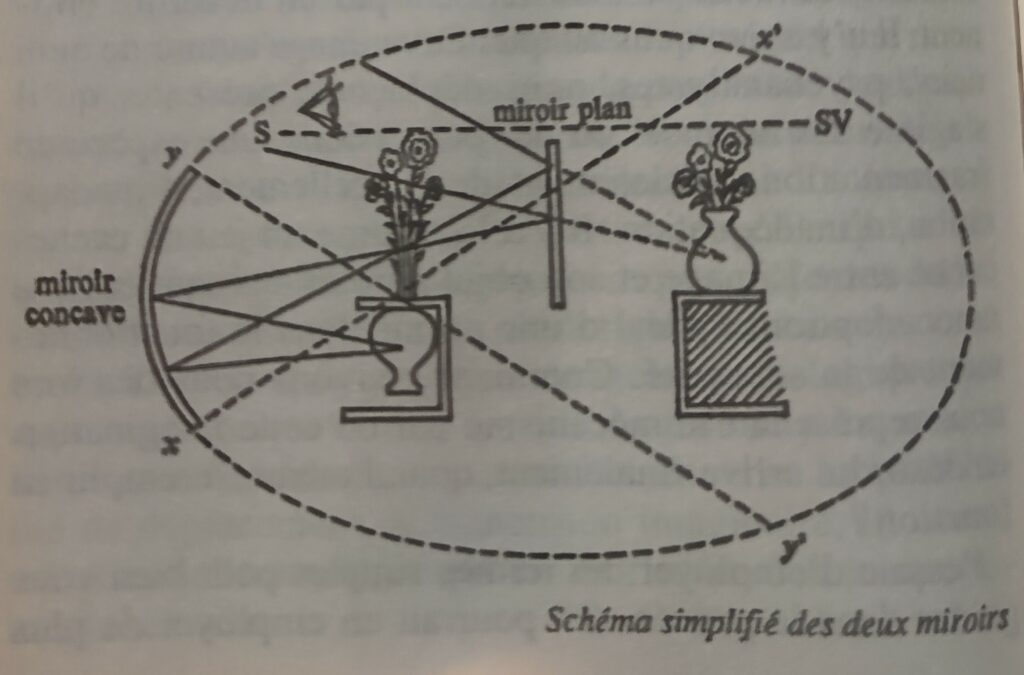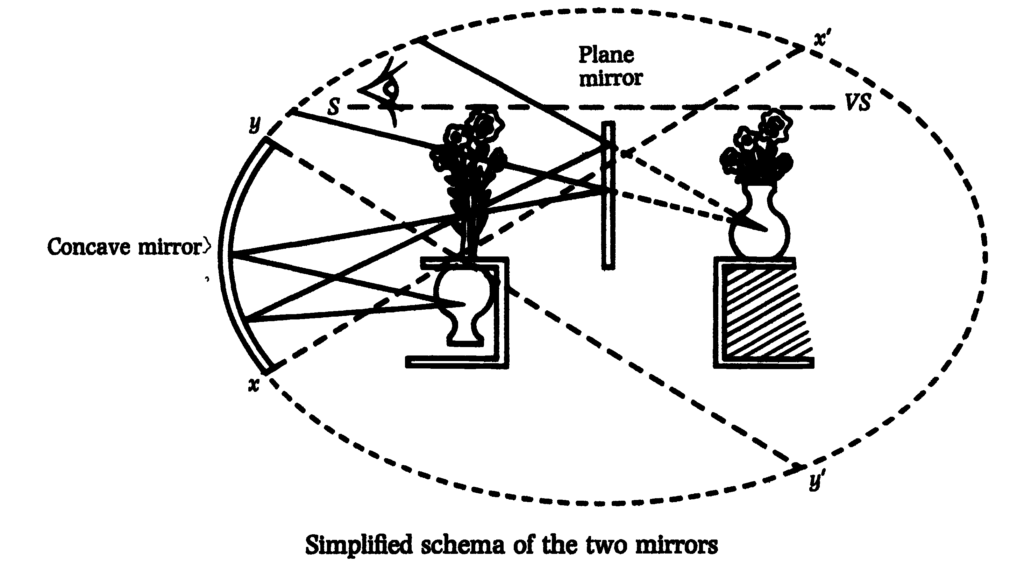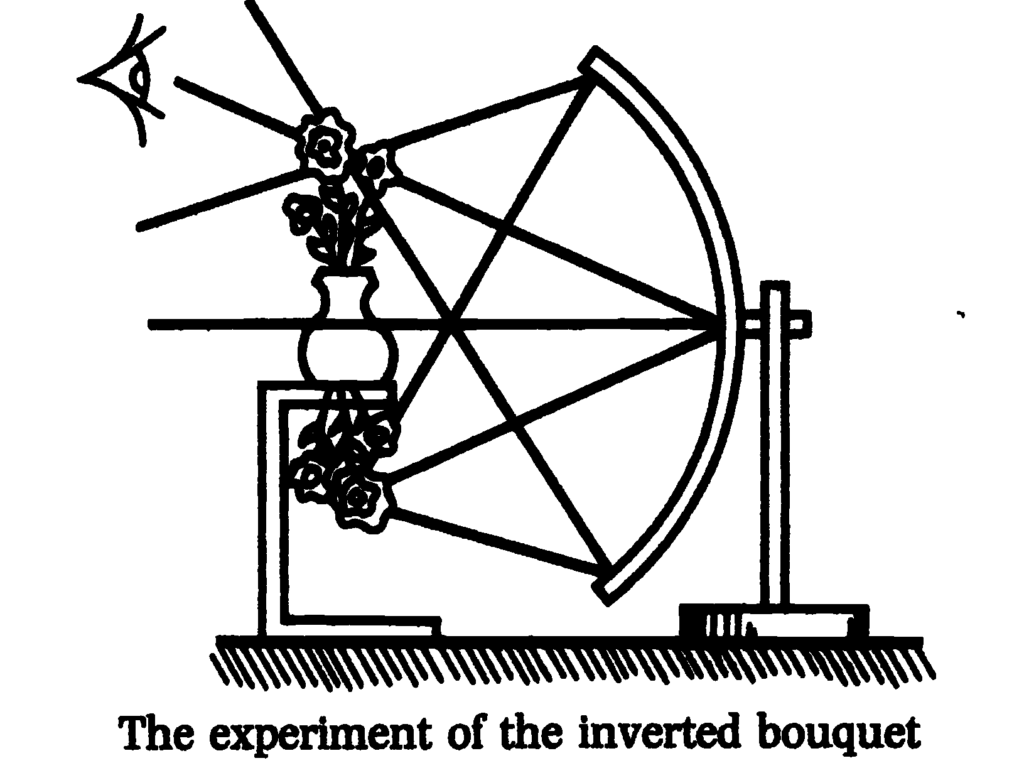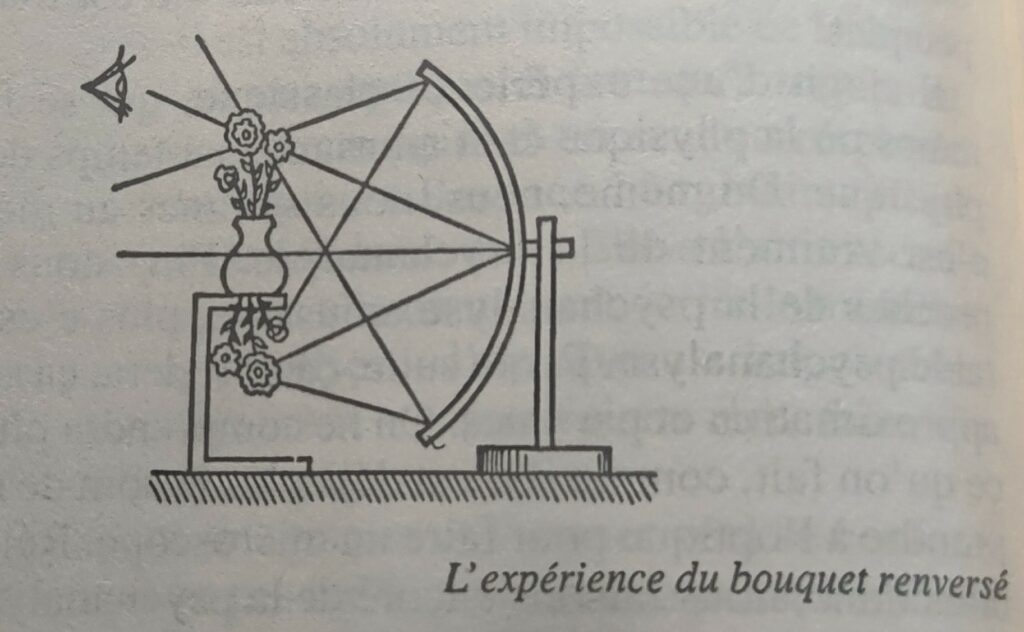A rage emanates out of the suffocating fearful feelings of persecution that, if no outlet is found, will explode. During the 1960s two black psychiatrists, William Greer and Price Cobb, published a book-length study about this phenomenon in black male youth, entitled Black Rage (1968). During the 1960s and 70s, the comic, Dick Gregory, tended to interpret every act of injustice experienced by black people as part of a larger ‘conspiracy’ to damage and destroy black people.
After the system of slavery was abolished, another apartheid-like system known as ‘Jim Crow’ segregation and discrimination against black people was established. Out of this system of inequality and police brutality, which replaced slavery, the psyche system of paranoia between whites and blacks was solidified in the United States and is ongoing to this day. Thus, despite having lived where the police are not a menace, whenever white policemen enter the space where I am, I experience anxiety and fear. I can be rational and control this ‘pathology’. Yet, similar to black people everywhere in the United States, particularly the youth in their own neighborhoods, I too live with a measured sense of being persecuted by the police. And I strive to negotiate my fear and paranoia in ways that help me survive both the imagined and very real animosity and brutality of the police toward all people whose complexion and status in the eyes of the world are similar to mine.
Une rage émane des sentiments suffocants et craintifs de persécution qui, faute de débouché, explosera. Durant les années 1960, deux psychiatres noirs, William Greer et Price Cobb, ont publié une étude détaillée sur ce phénomène chez les jeunes hommes noirs, intitulée La Rage Noire (1968). Pendant les années 60 et 70, le comique Dick Gregory avait tendance à interpréter chaque acte d’injustice vécu par les personnes noires comme partie intégrante d’une ‘conspiration’ plus large visant à les blesser et les détruire.
Après l’abolition du système d’esclavage, un autre système semblable à l’apartheid, connu sous le nom de ségrégation et discrimination “Jim Crow” envers les personnes noires, a été établi. De ce système d’inégalité et de brutalité policière, qui a remplacé l’esclavage, le système psychique de paranoïa entre blancs et noirs s’est solidifié aux États-Unis et persiste jusqu’à aujourd’hui. Ainsi, bien que je vive dans un lieu où la police n’est pas une menace, chaque fois que des policiers blancs entrent dans l’espace où je me trouve, je ressens de l’anxiété et de la peur. Je peux être rationnel et contrôler cette ‘pathologie’. Pourtant, à l’instar des personnes noires partout aux États-Unis, particulièrement les jeunes dans leurs propres quartiers, je vis aussi avec un sentiment mesuré d’être persécuté par la police. Et je m’efforce de négocier ma peur et ma paranoïa de manière à me permettre de survivre à l’animosité et à la brutalité, imaginées et bien réelles, de la police envers toutes les personnes dont le teint et le statut aux yeux du monde sont similaires aux miens.
Calvin C. Hernton, “Between history and me” in Even paranoids have enemies : new perspectives on paranoia and persecution, Routledge, London, 1998, p. 175



